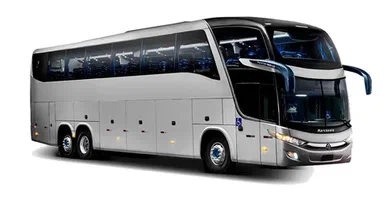65 Passenger School Bus Seating Chart
A 65-passenger school bus seating chart typically refers to the arrangement of seats inside a school bus designed to accommodate up to 65 children or passengers. The seating layout is usually standardized, but some variation may exist depending on the bus model and manufacturer. Below is a general description of how the seats are typically arranged on a 65-passenger school bus.
Standard Seating Arrangement for a 65-Passenger School Bus
The seating on a 65-passenger school bus is usually arranged in rows, with each row containing either two or three seats. School buses typically have a forward-facing seating configuration, meaning the seats are all facing the front of the bus, with no seats turned sideways.
Here’s how the seating typically breaks down:
Seating Rows
- Front to Back Arrangement: The seats are arranged in rows of two or three across the width of the bus, with an aisle in between.
- Front Rows (1-4): These rows typically have 2 seats on either side of the aisle (1 on each side).
- Middle Rows (5-10): Rows in this section may contain 3 seats on each side (2 on one side and 1 on the other), depending on the layout design.
- Back Rows (11-22): These rows usually have 3 seats on each side of the aisle (2 seats on one side and 1 on the other side), continuing toward the back.
Seat Arrangement
- Each seat is generally designed for one child, though younger children may sit two per seat in some cases.
- Seats are typically bench-style, with padded seats and no individual armrests.
- Seat height is usually uniform across all rows, though the first few rows may be slightly higher to provide better visibility for the driver.
Example of Seat Distribution (Rows 1-22):
- Rows 1-4: 2 seats on each side (4 rows × 2 = 8 seats)
- Rows 5-10: 3 seats on each side (6 rows × 3 = 18 seats)
- Rows 11-22: 3 seats on each side (12 rows × 3 = 36 seats)
This brings the total to 65 seats, with the back rows often accommodating slightly more seats to fit the total number of passengers.
Considerations for 65-Passenger School Bus Seating
- Seat Arrangement and Safety: In the event of a bus emergency, students should always be aware of evacuation procedures. Seat belts are not typically required on school buses (in the U.S.) but some newer models may have lap belts for each passenger.
- Seating Assignments: In some cases, schools assign specific seats to students, especially for safety reasons or to maintain order.
- Special Needs Accommodations: Some buses may have designated spaces or additional seating for students with special needs or disabilities. These accommodations often include wider seats or spaces for wheelchairs.

